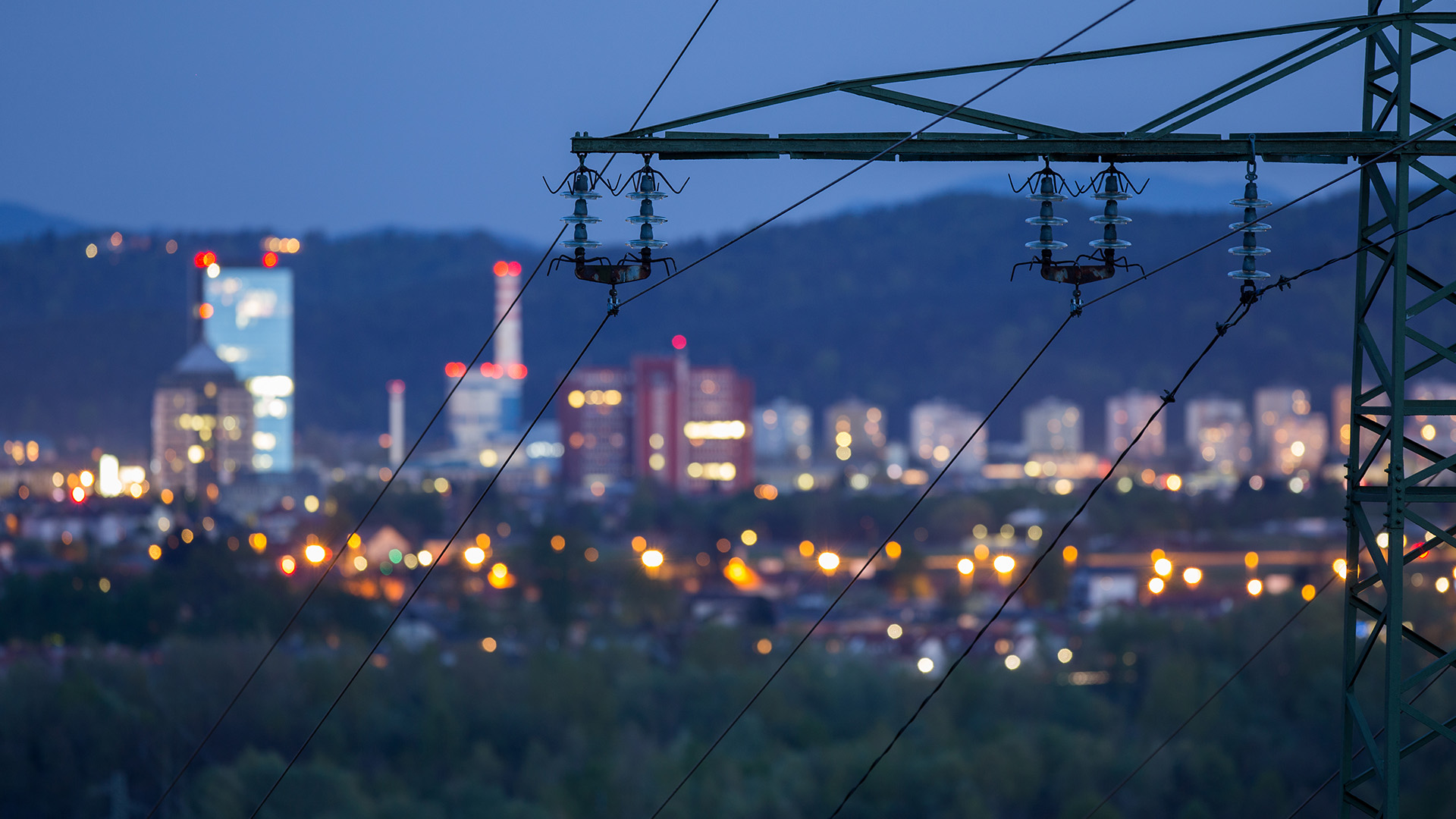After a long day, it’s nice to come home, flip on the lights and turn on the TV while you change clothes and get ready to start dinner or head out for a workout. Accessing that electricity is the part you see. The part you don’t see is the 640,000 miles of electrical wiring connecting that light, TV, and fridge to the American electrical grid—a system that connects all of the country’s homes and businesses to all of the poles and wires – that you may or may not see – to create their power. Much of the electric infrastructure we use today was built in the 1950s and 1960s, but some parts of the electric grid in cities along the East Coast date back more than 100 years. While the grid still carries electricity to homes and businesses without too many obvious issues, there is a growing awareness that without much-needed upgrades, our access to cheap, reliable power could be compromised.
Severe weather is the leading cause of power outages in the nation, according to a 2013 White House Report by the President’s Council of Economic Advisers and the U.S. Department of Energy’s Office of Electricity Delivery and Energy Reliability. It found, “Between 2003 and 2012, an estimated 679 widespread power outages occurred due to severe weather,” and during that time period the report, estimated the annual impact to our economy was $18 to $33 billion with inflation-adjusted costs.
While America’s population has grown and become far more dependent on technology, segments of the grid still run on systems that are past the fifty-year lifespan in which it was designed. When these systems were built consumer demand was mostly light and used mainly for refrigeration, whereas now, the large majority of an average American’s day revolves around power usage. Think about much of the technology Americans use, and how much of it revolves around having access to power. You can literally see how much people utilize and prioritize this technology as they sit on floors in lobbies, airport terminals, public restrooms, and even use outdoor electric sockets on streets used to light up trees during the holidays.
Inside the home, it’s everything from charging tablets and smartphones to plugging in all of our appliances as well as other household and personal products that require electricity in some form or another. With American consumption rising, it is worrisome that the American Society of Civil Engineers has given the country’s energy infrastructure a D+.
Let’s be clear though, power itself isn’t the issue. The U.S is generating plenty of electricity and is even making great strides in adding new energy technology, like renewables, to the grid. Whether that energy gets where it’s going is another matter, as shown by the 2003 blackout on the part of the grid known as the Eastern Interconnection. It started in Ohio with a single wire that went out from a downed tree branch and ended with 40 million people losing power as the entire grid went haywire, sending surges of electricity all around the eastern U.S.
In fact, sometimes America has so much power it can become problematic to meet demand. Turbines and solar panels only work when the wind is blowing or the sun is shining, so power companies need to ensure that they have the capacity to supply 100% of the demanded energy if necessary 24 hours a day, seven days a week. But with too much wind or sun, those same companies can face potential line-damaging oversupply and balancing load and generation is an extremely complicated task.
One resolution to the sporadic availability of wind and solar would be to store it when the supply is high and dispense it during peak times. Some batteries have actually been built, and are increasingly deployed across the country, but at the moment their use remains minimal and cost prohibitive.
The most obvious solution to America’s larger grid issues is sustained investments in upgrading existing infrastructure with integrated capabilities that can better manage power flow and improve resiliency during storms or outages. This is an expensive proposition, with cost estimates ranging from $56 billion dollars for repairs to five trillion dollars for a complete overhaul.
Ultimately, fixes that prove most viable may be less about hardware and more about software. Building smart technology into the grid has become a much-talked-about way to better manage the power load. For example, Tennessee Valley Authority, along with a company called Smart Wires, installed equipment to help them monitor where their power goes, allowing them to re-route overloaded lines to less busy ones. The U.S Department of Energy is already looking to make this kind of “smart grid” a national priority, enabling better two-way transmission of energy to accommodate the growing “distributed grid” of solar and wind, faster re-routing to prevent blackouts, and more. Many utilities across the country are investing significant resources into grid modernization and smart grid efforts to help improve reliability and meet increased customer demand.
While the problems facing America’s grid are not insignificant, they are also not being ignored. Even though demand is rising and the landscape of power generation is changing quickly, both public and private research is being funded and tested all across the nation, and there is little fear of your lights going out anytime soon.

